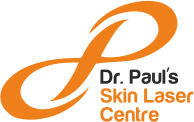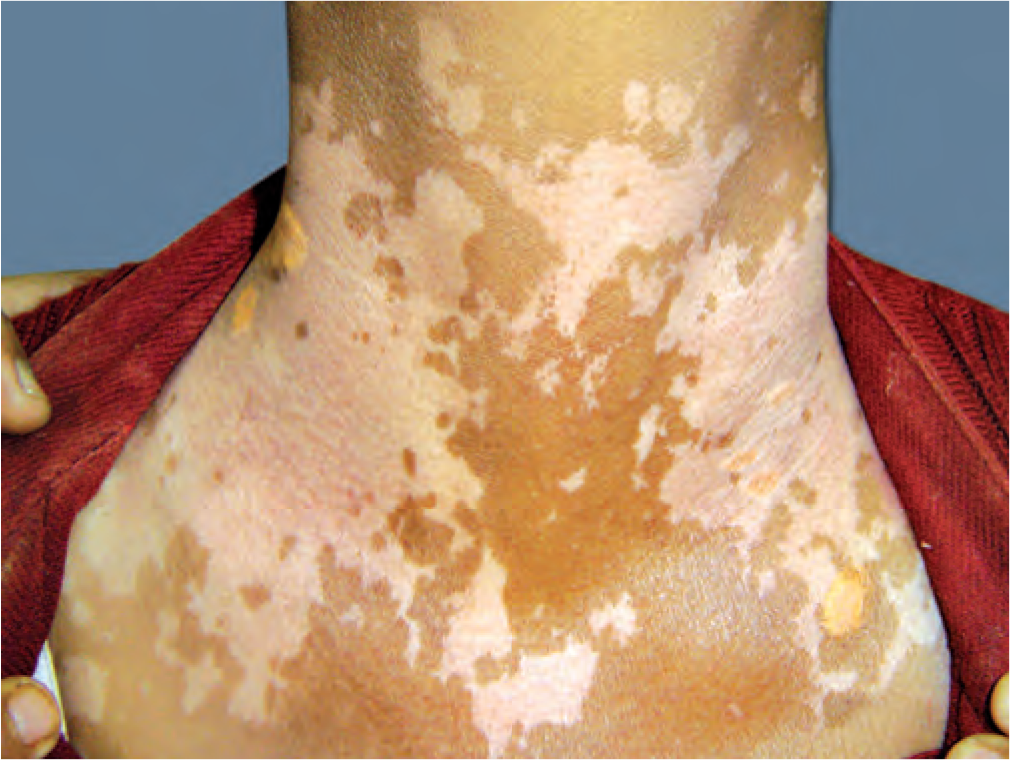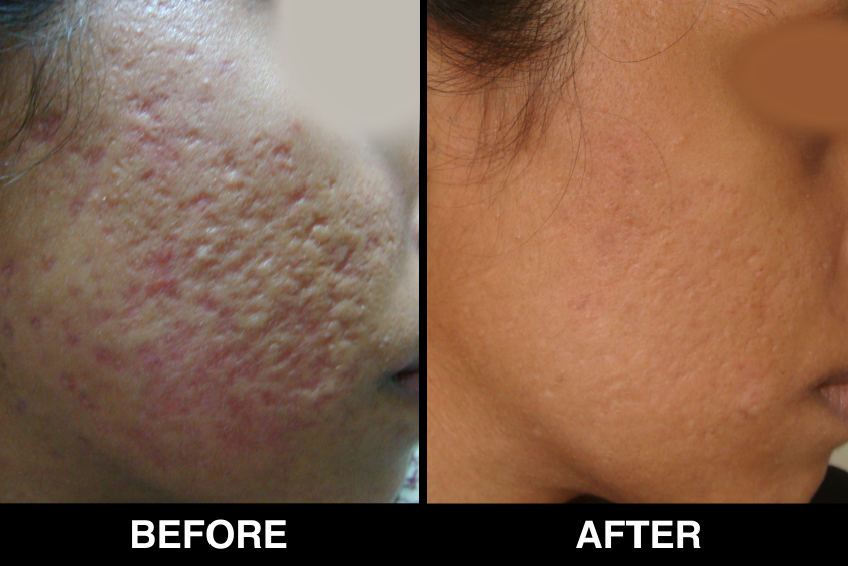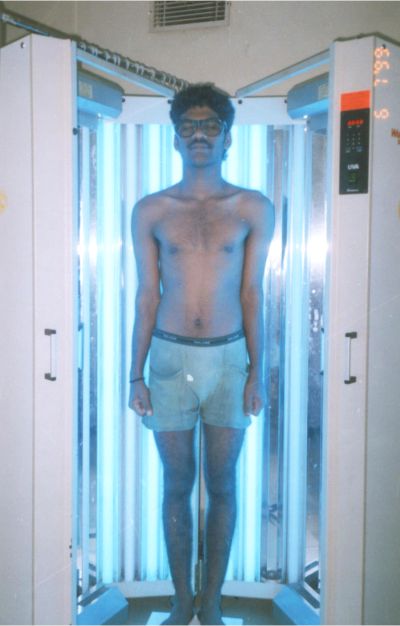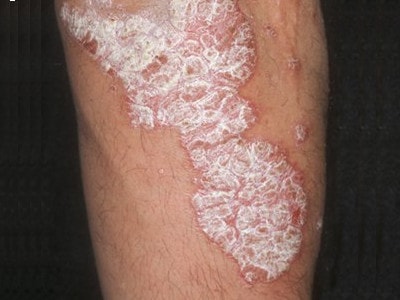Plastic Surgery
The art of modelling flesh, the term plastic Surgery, denotes sculpting or reshaping. Basically a medical speciality associated with the correction or restoration of form and function of human skin, plastic Surgery is not necessarily cosmetic and includes many types of reconstructive Surgery. Craniofacial Surgery, hand Surgery, microSurgery, and the treatment of burns are just a few examples of this form of treatment.
Plastic Surgery is a medical procedure to alter, correct or restore skin or underlying tissues on any part of the body. Basically, a plastic Surgery is performed as a reconstructive procedure or cosmetic procedure. A reconstructive plastic Surgery is carried outfor correction of functional impairments resulting from traumatic injuries, burns, congenital abnormalities such as cleft palates or lips, developmental abnormalities, infections, disease and cancer. On contrary, cosmetic Surgery involve invasive procedures (such as breast augmentation, eyelid Surgery, etc.) as well as minimally invasive procedures (such as chemical peel, laser hair removal, etc.) to improve one’s appearance and/or removing signs of aging. Generally, a plastic Surgery involves use of skin grafts such as autograft, allograft and xenograft.
Get Sculpted yet again at Skin laser centre !
Undergoing a plastic Surgery has become a trend in certain classes of society, but there are some serious repercussions that have to be considered before going into Surgery.
A Sophisticated Discipline
The field of Plastic Surgery ranges from breast reconstruction and wound healing to the treatment of scars and wrinkles. Plastic Surgery researchers study the effects of ageing and disease on human tissue, new kinds of bandages to improve the treatment of battlefield and other injuries, certain cells in our bodies that can help wounds heal without scars, and a wide range of other topics.
Reconstructive Surgery, which involves the restoration of form and function in any area of the body. This might include repairing a hole left when a bone tumor is removed, reconstructing a breast following a mastectomy, reforming connections of a reattached limb, or even separating conjoined twins.
MicroSurgery, in which surgeons reattach tiny pieces of tissue taken from a donor or from another part of a patient’s body, as with a skin graft. Microsurgeons specialize in the reconnection of nerves, muscles, and blood vessels.
Hand Surgery, including treatment of acute and chronic hand and upper limb problems, such as carpal tunnel Surgery and brachial plexus repair.
Cosmetic (or Aesthetic) Surgery, such as breast reduction or augmentation, liposuction, facelifts, and skin treatments.
Craniofacial Surgery, a major component of Pediatric Plastic Surgery, for children born with abnormalities of the face or head, from craniosynostosis (improper development of the skull bones) to cleft palate to jaw reconstruction.
Oral and Maxiollofacial Surgery, which relates to the mouth and jaw. It can help patients who suffer from jaw pain or injuries, and even sleep disorders.

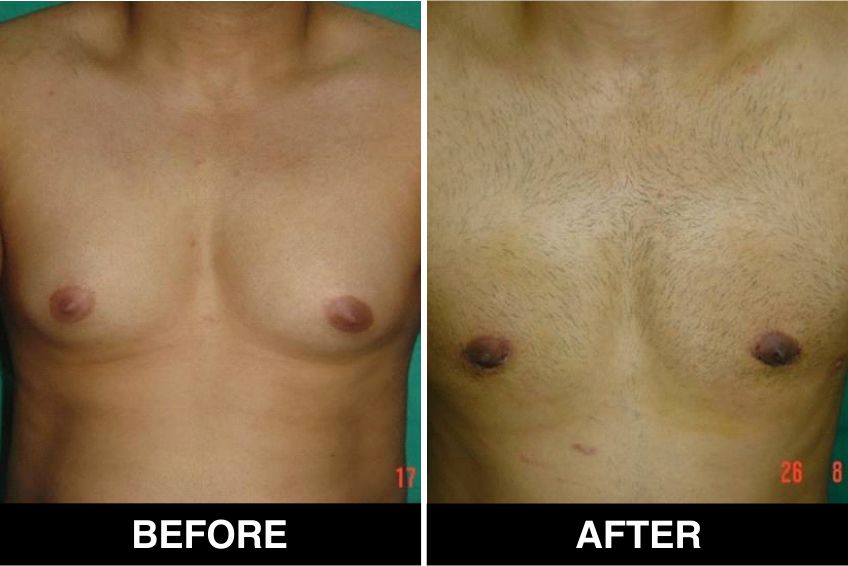
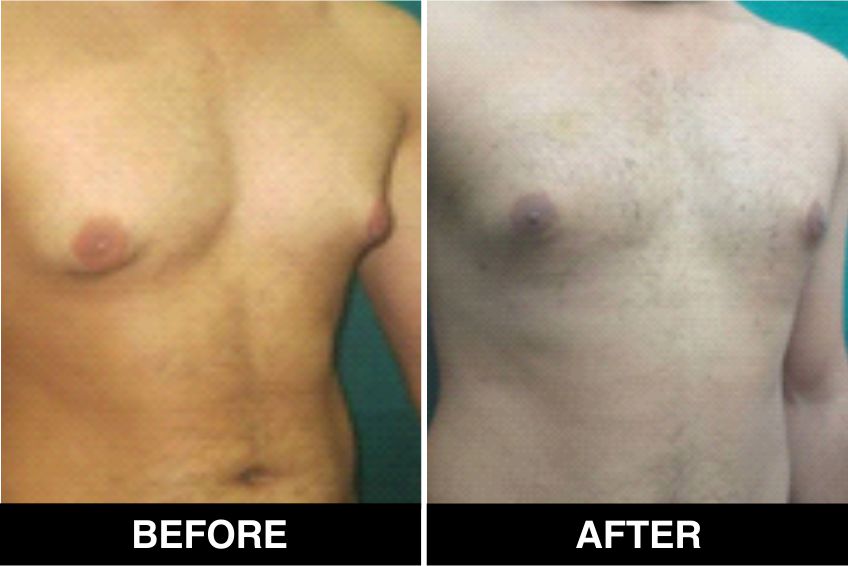
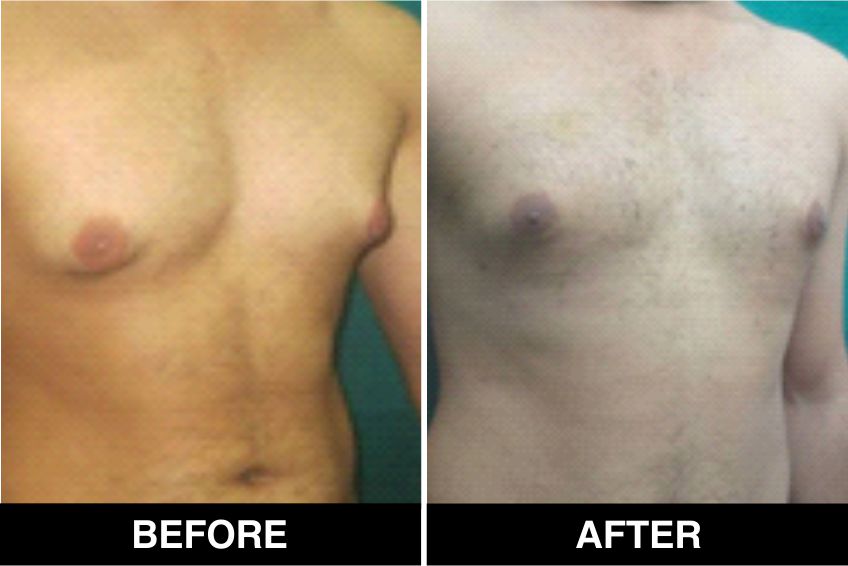
Services:
- Scar Correction
- Ear Lobe Repair
- Rhinoplasty
- Gynecomastia
- Breast Augmentation
- Liposuction
Plastic Surgery FAQ’s
Recovery time from a plastic grafting procedure will vary with both the individual patient and the procedure performed.
Though plastic grafting procedures are usually elective, it is just as important to follow close guidelines for an easy and prompt recovery. If patients do not follow doctor's orders and take care of themselves following grafting, complications such as infections, incisions re-opening, and increased swelling can occur. In addition, because patients look forward to the results of plastic grafting procedures, they often fail to prepare themselves for how they will feel and look during the first few days and weeks during the healing process. Learning how to heal after plastic grafting is an important step to achieving desired results after leaving the operating room.
Cosmetic surgeons have years of training to operate with minimal trauma and scarring. The scars post surgery are neat and usually fade with time. Creams and ointments are available to apply, which help with healing. But like everything in life, cosmetic grafting has certain limitations. In some cases, minimal scarring may remain. This is inevitable and if any surgeon says otherwise, he/she is not parting with the whole truth.
Plastic grafting is ‘The process of reconstructing or repairing parts of the body by the transfer of tissue, either in the treatment of injury or for cosmetic reasons.’ Plastic and Reconstructive surgeons are trained to use their graftical skill and techniques to repair and reconstruct parts of body. When this is used for enhancing appearance, it is called cosmetic grafting
You can come alone for the consultation, if you feel more comfortable and will be able to speak more freely. It is always advisable to bring a responsible adult along when coming for grafting.
There is no precise answer to this question. Grafting does not affect the ongoing aging process which is largely dependent upon genetics. What cosmetic plastic grafting does is turn back the clock. Unfortunately, aging is inevitable. Although with cosmetic grafting, you are able to continue to look more youthful and in shape
Book An Appointment






